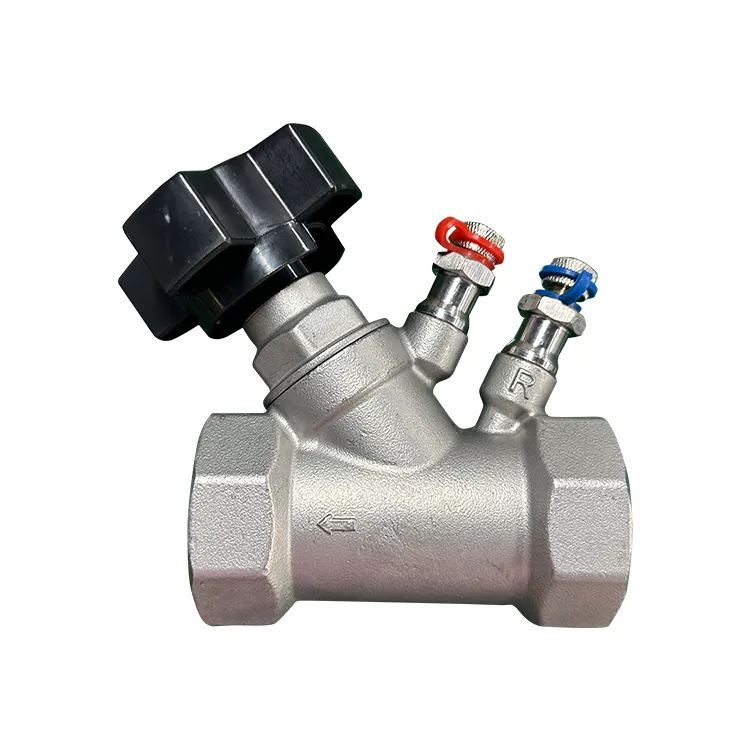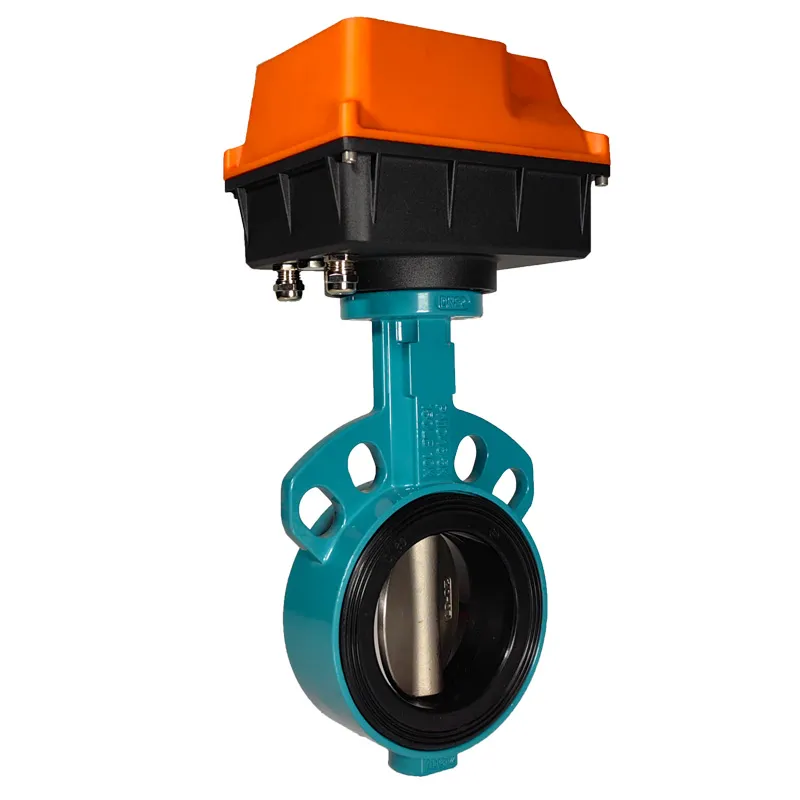Чтобы избежать задержки ответа на ваш запрос, пожалуйста, укажите ваш WhatsApp/WeChat/Skype вместе с сообщением, чтобы мы могли связаться с вами в первый же момент.
Мы ответим вам в течение 24 часов. Если у вас срочный случай, добавьте WhatsApp: +86 13188899036 или WeChat: 0531-87968777. Или позвоните напрямую по номеру 0531-87968777.
* Мы уважаем вашу конфиденциальность, и вся информация защищена. Мы будем использовать вашу информацию только для ответа на ваш запрос и никогда не будем отправлять нежелательные электронные письма или рекламные сообщения.
When your system suffers from unstable water or air flow, the consequences can be frustrating—pressure fluctuations, wasted energy, and unreliable performance. These persistent issues can halt operations and cost you money. The solution? A flow regulating valve designed for precise control and lasting reliability.
A flow regulating valve is a specialized flow control valve used to precisely regulate the flow rate or pressure of liquids and gases in industrial, municipal, and commercial applications. It enables stable operation, protects equipment, and optimizes system efficiency.
А flow regulating valve is a valve designed to control the скорость потока or maintain a constant flow of liquid or gas through a pipe or duct, regardless of pressure changes. It can be manual, automatic, or smart—each type tailored to a specific range of industries, from municipal water systems to industrial HVAC installations.
The operation is based on adjusting an internal orifice, throttle, diaphragm, or needle that changes the restriction within the valve, thereby regulating the flow. Modern flow control valves often include a precision actuator for automatic adjustment, ensuring system pressure remains optimal even as conditions change.
Key Points:
Internal Resource:
Learn more about our flow regulating valve product and how it integrates into smart automation systems.

What is a Flow Regulating Valve
Flow regulation is vital for achieving energy efficiency, system reliability, and process consistency. In manufacturing plants, HVAC systems, and public infrastructure, unregulated flow can cause:
With a robust клапан управления потоком or flow regulator, you can stabilize flow and pressure, protect sensitive equipment, and improve the overall safety and efficiency of your operation.
Пример:
One of our industrial clients improved pump efficiency by 17% after installing a series of automatic flow regulating valves, cutting energy consumption and reducing downtime.
Flow control valves come in several designs, each suited for specific functions:
| Тип | Main Use | Typical Medium | Control Method |
|---|---|---|---|
| Шаровые клапаны | Точное регулирование | Liquid/Gas | Manual/Automatic |
| Diaphragm Valves | Clean/Corrosive fluids | Liquid | Manual/Automatic |
| Needle Valves | Fine adjustment, low flow | Gas/Liquid | Руководство |
| Шаровые краны | On/Off + moderate control | Liquid/Gas | Manual/Automatic |
| Дроссельные клапаны | Large volumes, fast actuation | Liquid/Gas | Manual/Auto/Pneumatic |
| Pressure Regulating Valves | Регулировка давления | Liquid/Gas | Auto (self-actuated) |
| Обратные клапаны | Prevent backflow | Liquid/Gas | Автоматический |

Дроссельные клапаны
See more about different regulating valve types for your application.
While both flow regulators and pressure regulators are valves used to control system dynamics, their functions differ:
Scenario Example:
In a chilled water system, a flow control valve maintains a constant скорость потока to each air handler, while a pressure regulator keeps the system pressure within a safe range.
Learn about our advanced pressure regulating valve products.
Flow regulating valves are crucial across a broad range of industries. Common applications include:

Системы ОВиК
Узнайте больше о наших smart valve solutions for building automation.
Selecting the right valve for your application involves evaluating several specifications:
Pro Tips:
Check our regulator valve product line for precision control.
Fact:
Automatic flow control valves can improve efficiency in variable load HVAC systems by 20% or more.
Посетите сайт intelligent valve technologies for remote and automated operation.
Smart and automatic flow control valves deliver several benefits:
Case Study:
A hospital upgraded to Wi-Fi smart valve systems, cutting energy costs by 14% and simplifying compliance monitoring.
When specifying a flow regulating valve, consider:
| Особенность | Option | When to Use |
|---|---|---|
| Материал | Нержавеющая сталь | Aggressive/critical systems |
| Латунь | Общего назначения | |
| Composite | Low-cost, non-critical | |
| Привод | Электрический | Smart control, automation |
| Пневматический | Hazardous/explosion proof | |
| Руководство | Basic systems |
View the регулирующий клапан с плавающей точкой for advanced flow regulation.
Proper installation and maintenance extend valve lifespan:
Pro Tip:
Always refer to manufacturer manuals for specific valve products and applications.
Typical problems and solutions:
If issues persist, contact technical support for advanced troubleshooting or explore our electric valve actuator solutions.
What is the main purpose of a flow regulating valve?
To maintain a precise flow rate or pressure, protecting downstream equipment and ensuring system stability in a wide range of industries.
How do automatic flow control valves operate?
They use an actuator (electric or pneumatic) to adjust the valve opening in real time, based on input from sensors, a flow controller, or building management systems.
What materials are best for flow regulating valves?
Stainless steel offers the highest reliability and durability, while brass is common for less aggressive media. Always select materials based on your fluid and application.
Can I retrofit existing systems with smart regulating valves?
Yes, most compact design flow regulators can replace manual models and integrate with digital controllers.
Where are flow regulating valves typically used?
HVAC, water treatment, manufacturing, hydraulics, municipal utilities, and any application needing precise fluid flow or pressure control.
What is the difference between a globe valve and a diaphragm valve?
Globe valves offer precise throttling via a moving disk, while diaphragm valves use a flexible membrane for tight shut-off and isolation, ideal for clean or corrosive media.